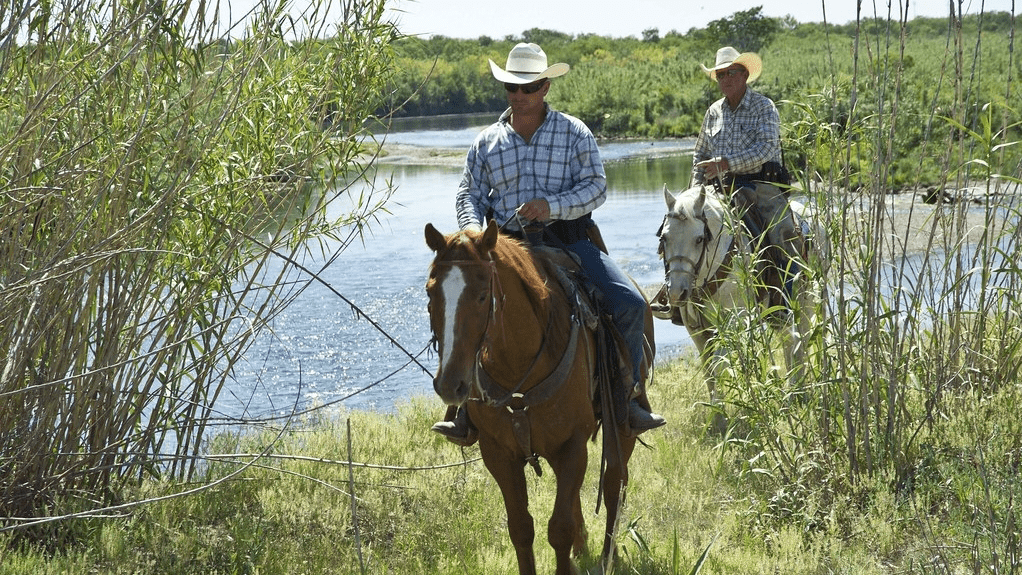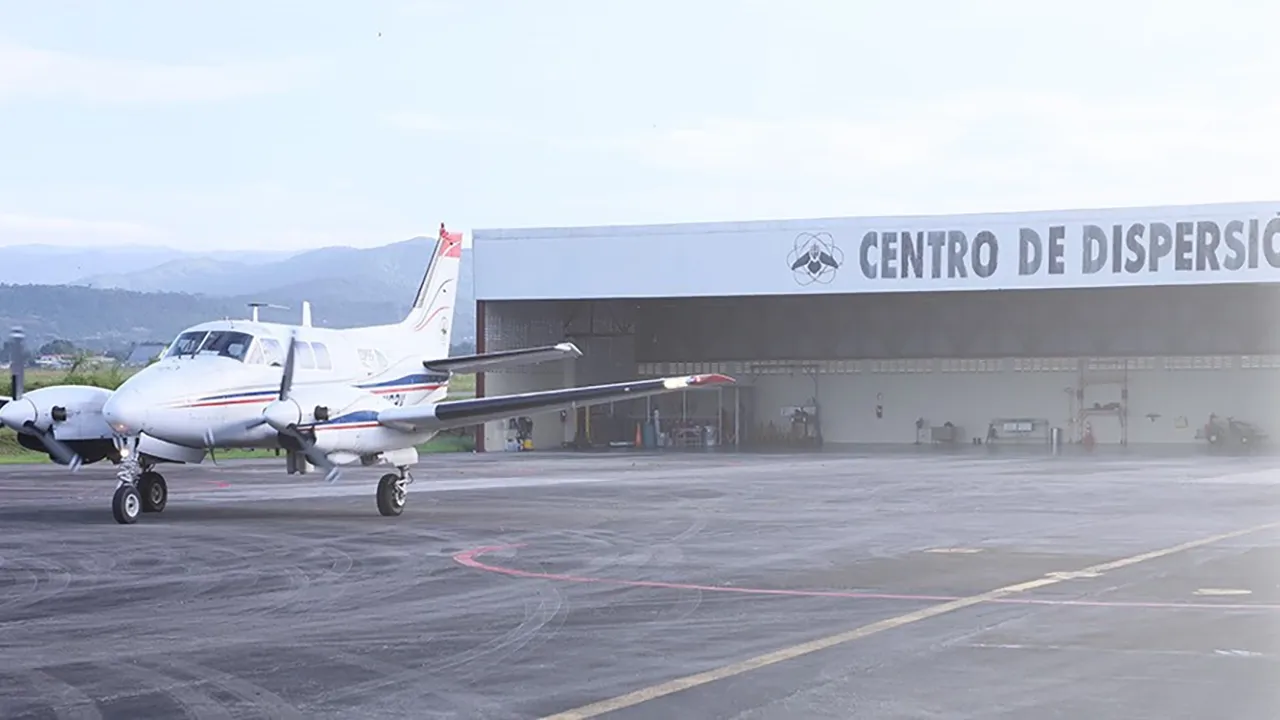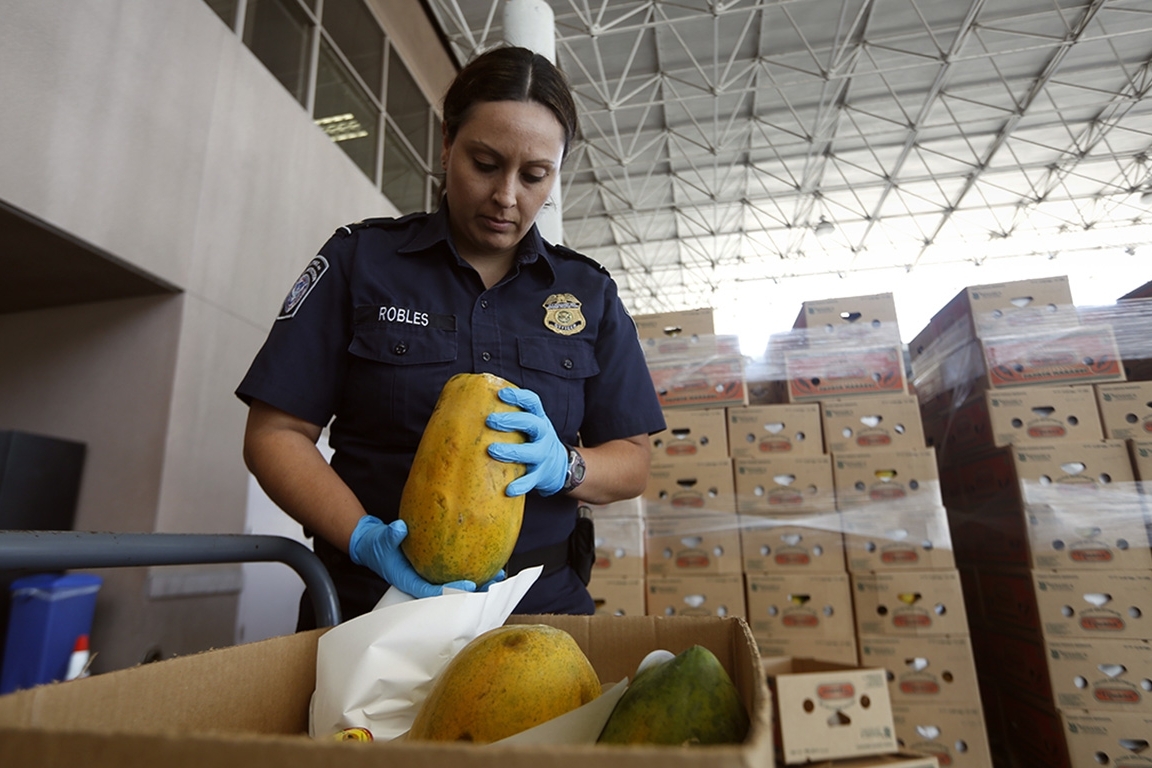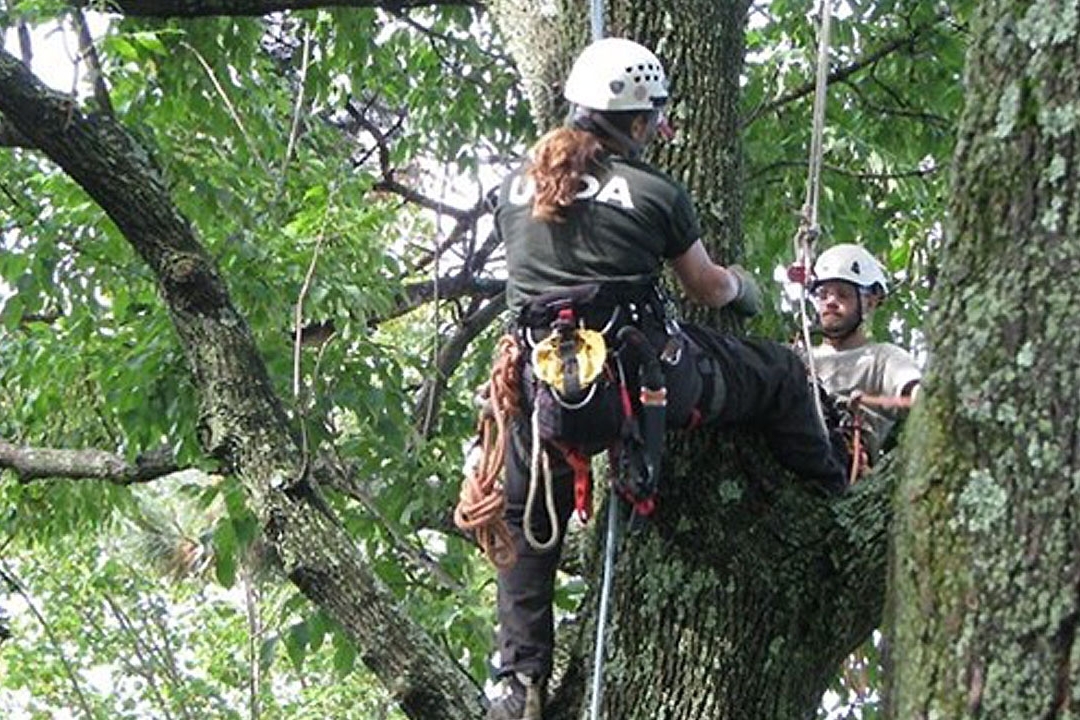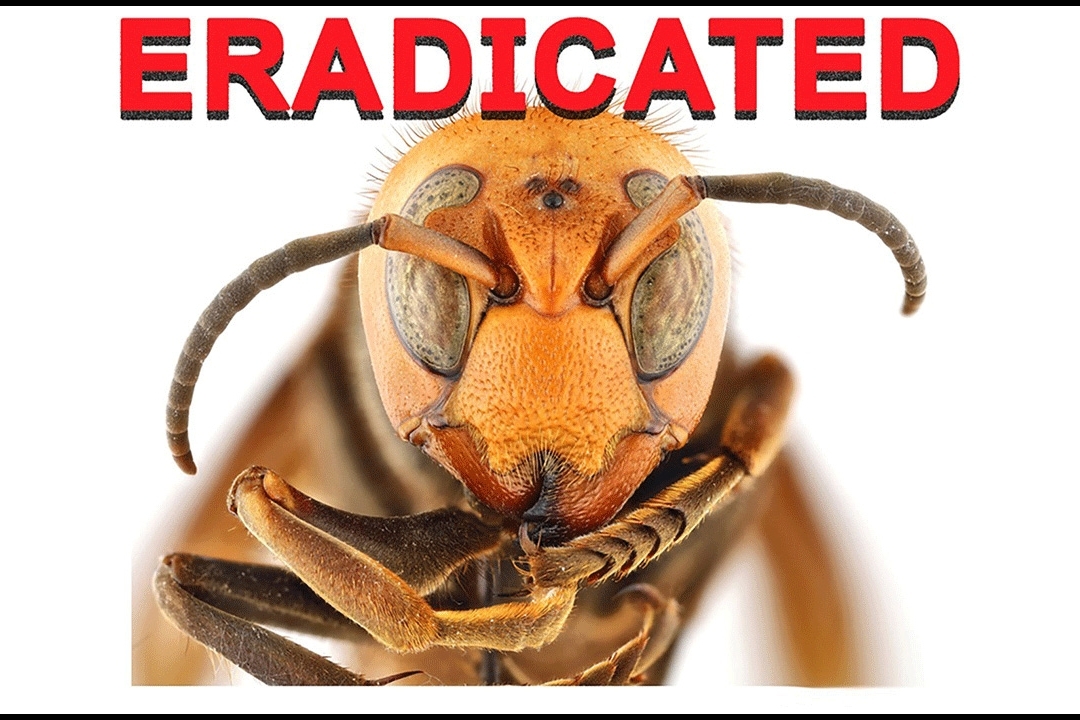APHIS in Action
Every day, APHIS works to protect the health and value of America's agricultural and natural resources. These articles tell a story about how we are tackling some of the biggest issues facing U.S. agriculture and natural resources today.
Featured
For over a century, a dedicated group of mounted patrol inspectors—known informally as Tick Riders—has patrolled the southern U.S. border. Their mission: protect U.S. cattle from the cattle fever tick, a parasite that causes severe blood loss, weakness, and can transmit deadly diseases like babesiosis and anaplasmosis.
The Panama-United States Commission for the Eradication and Prevention of Screwworm (COPEG), a joint program between APHIS International Services and Panama’s Ministry of Agriculture, is leveraging technical expertise and skilled diplomacy to tackle a potentially devastating agricultural pest—New World screwworm.


